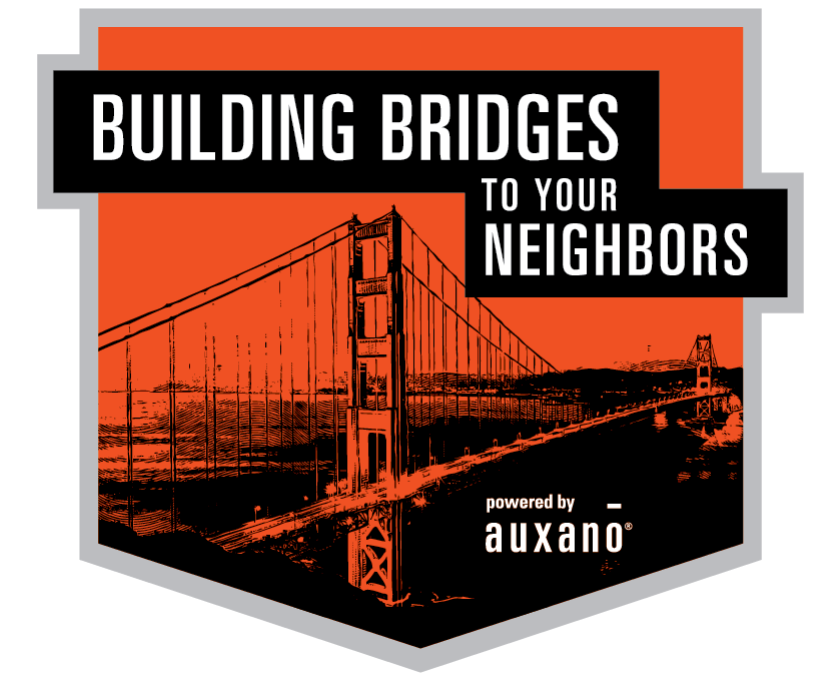According to church planter and coach Linda Bergquist, because our lives are already filled with church activities, “neighbor-sphere” friendships continuously elude us. However, when Jesus talked about our becoming salt and light, it was the macrocommunity of people who make up our everyday existence of which He spoke.
It means that we need to figure out how to engage and participate in our larger communities in a healthy way. Being good is not enough; it is a poor imitation of doing good toward others.
The fact that such a small percentage of church members, including leaders, have so little time for people outside their own small group of friends means that something is not working.
Author Joseph R. Myers’ introduction to his book The Search to Belong, though written in 2003, is as fresh as the latest social media message on your phone:
Looking for someone? We all are. But who? We don’t want to be alone. But when it comes to belonging, we’re confused. And our culture is confused. We are together, all alone.
If there is one conversation with which the church must wrestle with in new ways, it is the question, “Who is my neighbor?” Who belongs? For whom am I responsible? And who is responsible to me? How can we help people develop a healthy experience of belonging and community in their lives?
Most of us have always believed that a person could “belong” to our group as long as their definition of belonging agreed with ours. Most of us have been raised on a healthy dose of believing before belonging. Probably, most of us have bought into myths revolving around these thoughts, where wittingly or unwittingly.
We now live in a culture that prioritizes belonging over believing.
It’s time to recognize the myths of belonging.
Here are some significant excerpts from The Search to Belong:
Community is a complex creature. Many factors contribute to finding successful community. With the erosion of the geographically close family and the heightened mobility of our culture, many people struggle to learn healthy competencies for community.
Schools, service agencies, churches, and other organizations are making a concerted effort to help. Yet several common myths surround the search to belong, myths that dilute and confuse the definitions we employ to describe our journey to connect.
More time = more belonging. The first myth is that the greater the amount of time spent in relationship with another person, the more authentic the community will be. In reality, time has little to do with a person’s ability to experience significant belonging. Belonging is not controlled by time, and time by itself does not develop belonging.
More commitment = more belonging. People often believe that there is a significant relationship between commitment and community. This is, however, a romantic view. When we search to belong, we aren’t really looking for commitment. We simply want to connect. A relationship that involves commitment does not necessarily promote a greater experience of belonging.
More purpose = more belonging. People who strive together toward a common goal connect, right? Although many positive accomplishments sprang from this newly focused approach on purpose, in reality this strategy has very little connection with the community experience. Sometimes people who have a common passion and purpose do connect. But a common purpose, vision or goal does not guarantee that people will connect.
More personality = more belonging. Many people believe that some have a natural ability to belong. They assume that if a person is more gregarious, more extroverted, he or she will have little trouble experiencing community, whereas those who are shy will struggle to belong. But introversion and extroversion neither block nor enhance our experience of belonging. Healthy community can be experienced and developed by introvert and extrovert alike.
More proximity = more belonging. Remembering a time when the culture was less mobile than it is today, people tend to believe the fifth myth: geographical proximity creates greater community. It is true that people who live in close geographical proximity may connect with one another, yet space is in some sense a matter of perspective. The same real estate can convey distance to one person yet have an entirely different meaning to another. “Close proximity” need not be geographical, as significant connections among people can be established via digital methods.
More small groups = more belonging. Many churches imply that small groups are the best - if not the only - way to build authentic community. But small groups do not accomplish the promise of fulfilling all facets of a person’s search for community. Small groups deliver only on one or two kinds of connection. A person’s search for community is more complex than this.
Joseph R. Myers, The Search to Belong
Go Ahead Action
As you reflect on these myths, consider the following questions by The Search to Belong author Joseph Myers:
- How do you define who belongs? Who fits in this definition and who does not?
- Identify those who would say they belong but you do not consider “members” of “the family.”
- Make a list of all the things you belong to, and consider how significant they are to your life. Does everyone (person, club, organization, informal connections) know you belong?
- Have you ever been told you don’t belong? What were the implications?
- Which of the myths have you discovered in your search to belong? Have you discovered any others? Have you conveyed these myths as truths?
- How has the cultural shift of “belonging before believing” affected your life and congregation?
Taken from SUMS Remix 148, released July 2020.
